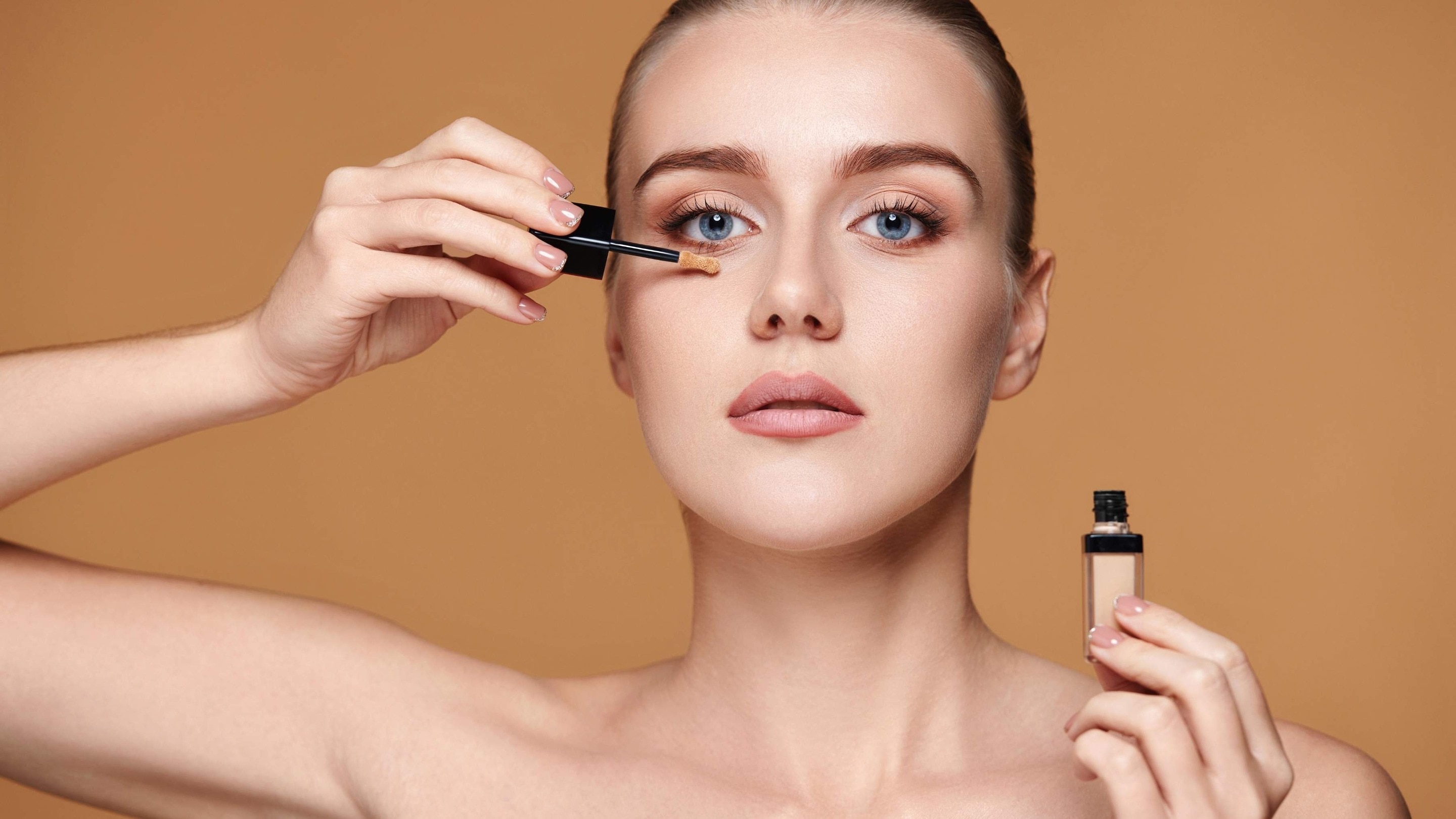- 01 What Is Concealer & Why It's a Makeup Essential
- 02 How to Choose the Right Concealer Shade for Your Skin Tone
- 03 Types of Concealers & Which Formula Is Best for You
- 04 How to Apply Concealer– Step-by-Step Techniques for Different Areas
- 05 How to Use Concealer – Application Zones
- 06 When to Use Concealer – Before or After Foundation?
- 07 Concealer Application Tips Based on Skin Type and Tone
- 08 How to Use Concealer to Brighten, Sculpt & Correct
- 09 Daily Concealer Routine – Easy Everyday Steps
- 10 Concealer Tips & Mistakes to Avoid
- 11 FAQs: Concealer Essentials
Concealer is that one makeup product with almost magical powers—instantly lifting tired eyes, covering blemishes, brightening dull skin, and even sculpting the face. Yet, despite its importance, many still struggle with how to use concealer correctly. Whether you're a beginner or just want to refine your technique, this guide breaks down everything you need to know about how to apply concealer for a smooth, natural, and flawless finish. From choosing the right shade and formula to mastering placement and blending, consider this your ultimate guide to one of beauty's most transformative tools.
01What Is Concealer & Why It's a Makeup Essential
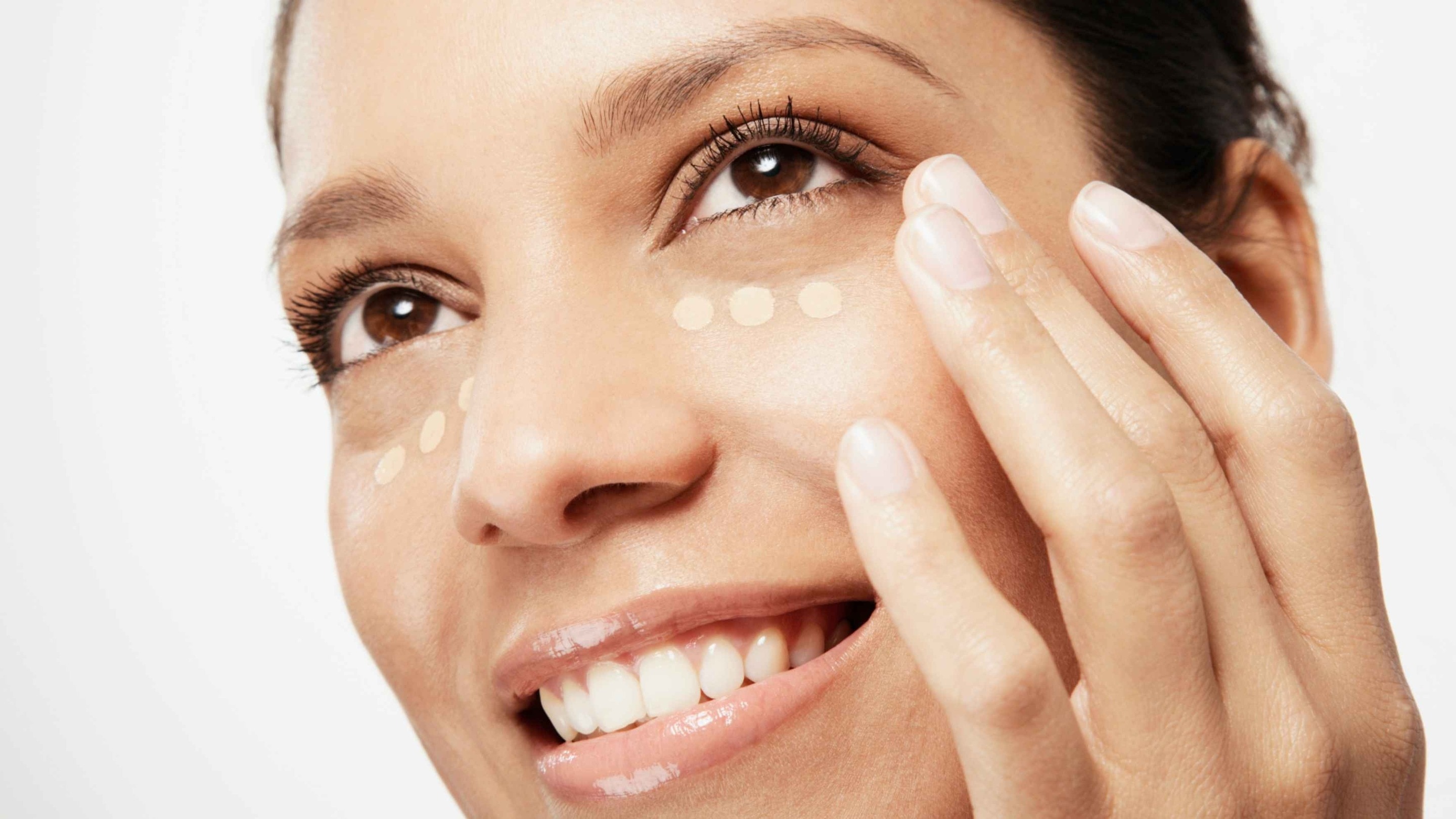
Think of concealer as foundation's more precise, high-coverage sibling. While foundation provides an even canvas across your face, concealer zeroes in on specific imperfections: dark circles, pimples, redness, and pigmentation. It's also your go-to for highlighting and contouring—if used strategically. But unlike foundation, not all concealers are created equal. The key lies in understanding your skin type, concern, and how to choose concealer shade that works in harmony with your undertone and desired finish.
02How to Choose the Right Concealer Shade for Your Skin Tone
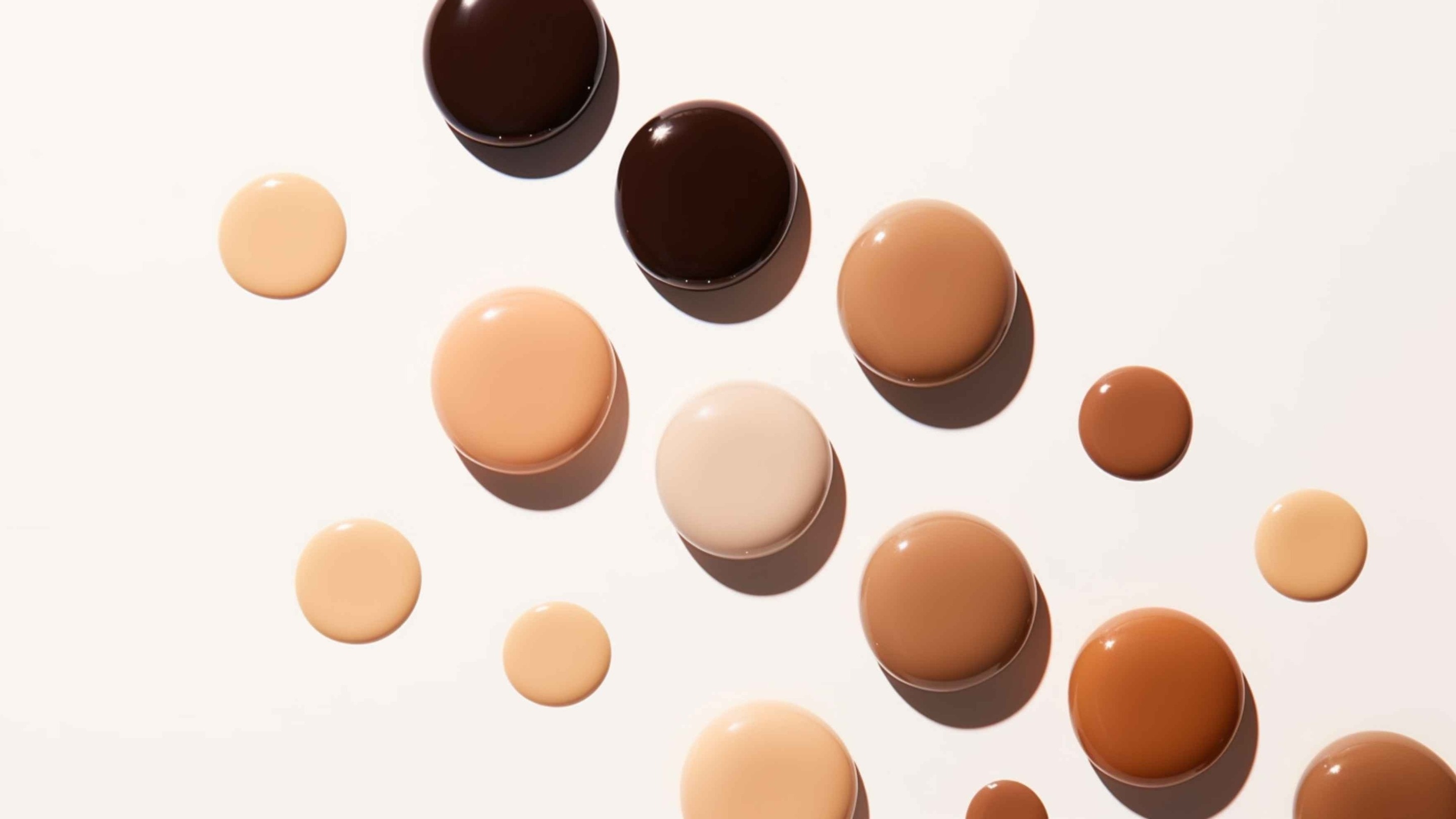
This might be the most crucial step in how to choose concealer shade.. Use the wrong shade, and you might draw more attention to the issue you're trying to hide.
- For Dark Circles: Choose a concealer that's one or two shades lighter than your foundation to brighten the area. Peach or orange undertones work best to counteract blue/purple shadows.
- For Blemishes & Pigmentation: Use a concealer that matches your skin tone exactly for a seamless blend.
- For Highlighting or Sculpting: Go one or two shades lighter than your skin tone for areas like the center of the forehead, bridge of the nose, or tops of the cheekbones.
Basis Skin Tone
- For Dark Circles: Choose a concealer that's one to two shades lighter than your foundation to brighten the under-eye area. Opt for peach or orange undertones to neutralize blue or purple shadows—peach for light to medium skin tones, and orange for deeper skin tones.
- For Blemishes & Pigmentation: Use a concealer that matches your skin tone exactly to seamlessly cover blemishes, acne marks, or dark spots without drawing attention to them.
- For Highlighting or Sculpting: Go one or two shades lighter than your natural skin tone to highlight areas like the center of the forehead, bridge of the nose, under the eyes, and tops of the cheekbones.
- If You Have Fair Skin: Look for concealers with pink or neutral undertones to match your skin naturally and avoid looking too yellow or orange.
- If You Have Medium or Olive Skin: Go for concealers with yellow or golden undertones to balance out green or sallow tones and achieve a natural finish.
- If You Have Deep Skin: Choose rich shades with red, orange, or golden undertones to prevent ashy or grey patches and maintain warmth in the skin.
When in doubt, test the concealer on your jawline and see how it blends into your skin.
03Types of Concealers & Which Formula Is Best for You

Your skin type and concern will also dictate the best concealer formula:
- For Dark Circles: Choose a concealer that's one or two shades lighter than your foundation to brighten the area. Peach or orange undertones work best to counteract blue/purple shadows.
- For Blemishes & Pigmentation: Use a concealer that matches your skin tone exactly for a seamless blend.
- For Highlighting or Sculpting: Go one or two shades lighter than your skin tone for areas like the center of the forehead, bridge of the nose, or tops of the cheekbones.
04How to Apply Concealer– Step-by-Step Techniques for Different Areas
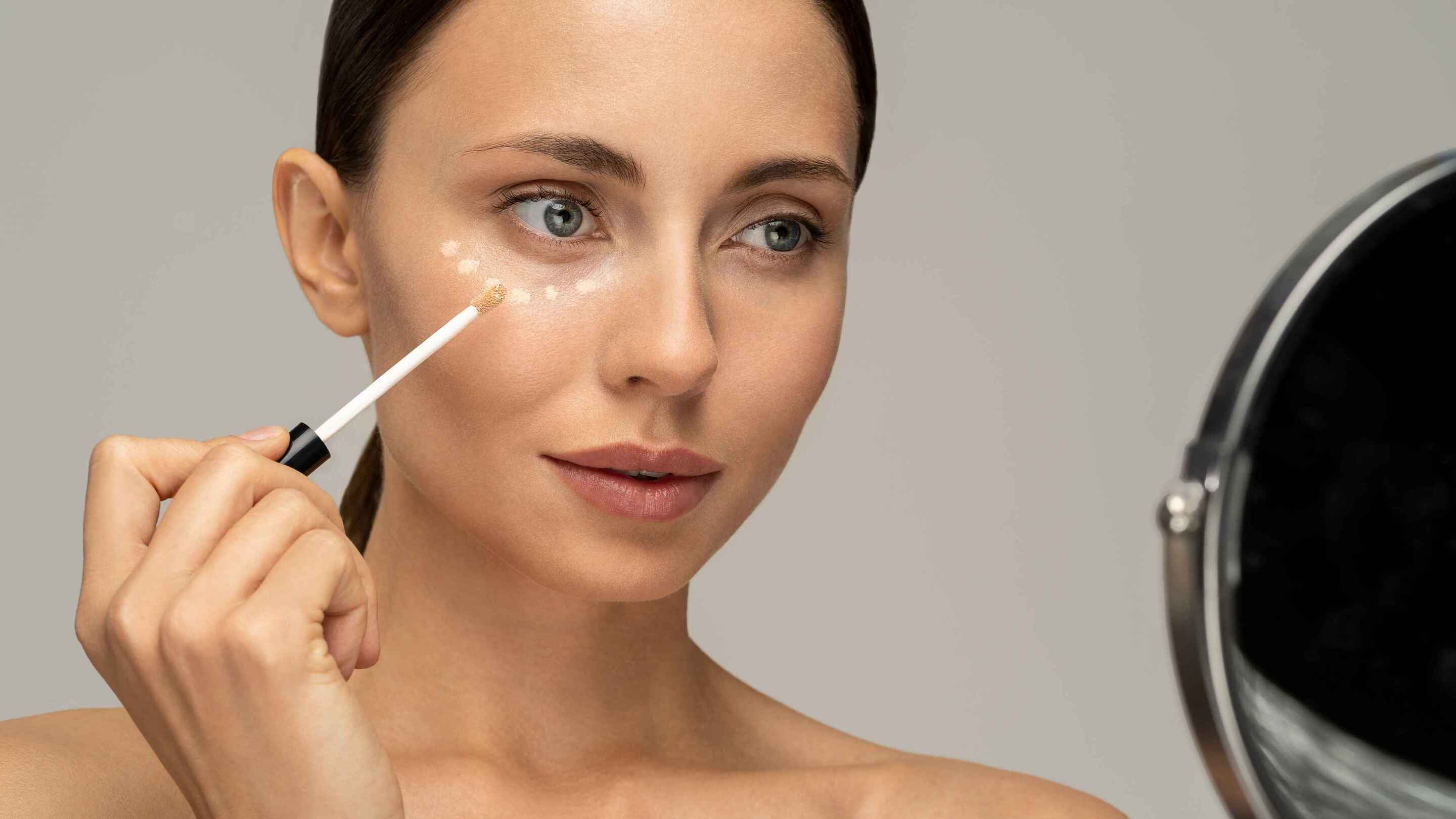
Using the right tools can completely transform your application process, whether it's makeup, paint, or skincare. High-quality brushes, sponges, or applicators are designed to work with specific products, ensuring smoother, more even coverage. When you apply in thin, controlled layers, you not only get a more professional finish but also reduce waste and avoid clumping or streaking. It's not just about what you use—it's how you use it that makes all the difference.
1. Basis Skin Tone
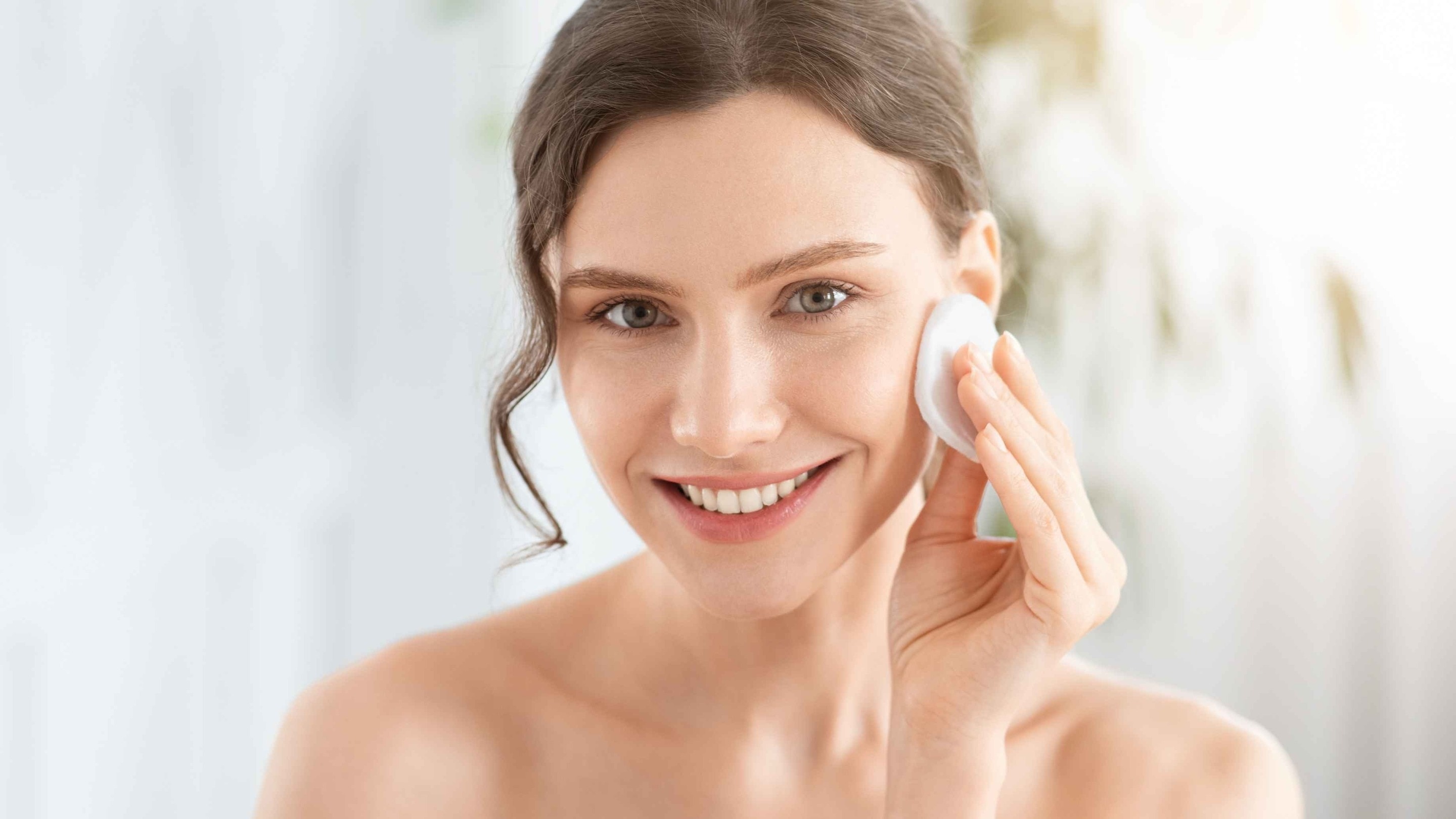
Hydrated skin ensures smooth application and prevents creasing.
2. Apply a primer

A smoothing base like the Lakmé Absolute Blur Perfect Makeup Primer helps fill in pores and fine lines, giving your concealer something to grip onto and last longer.
3. Basis Skin Tone

(unless you're color correcting).
4. Dot concealer on target areas

Less is more.Focus on under-eye circles, blemishes, redness around the nose, or any uneven spots. For a smooth, natural finish, use a creamy formula like the Lakmé Absolute Unreal Cover Crème Concealer—it blends effortlessly into the skin, offers medium to high coverage, and is perfect for touch-ups without looking cakey.
5. Blend with a damp beauty sponge
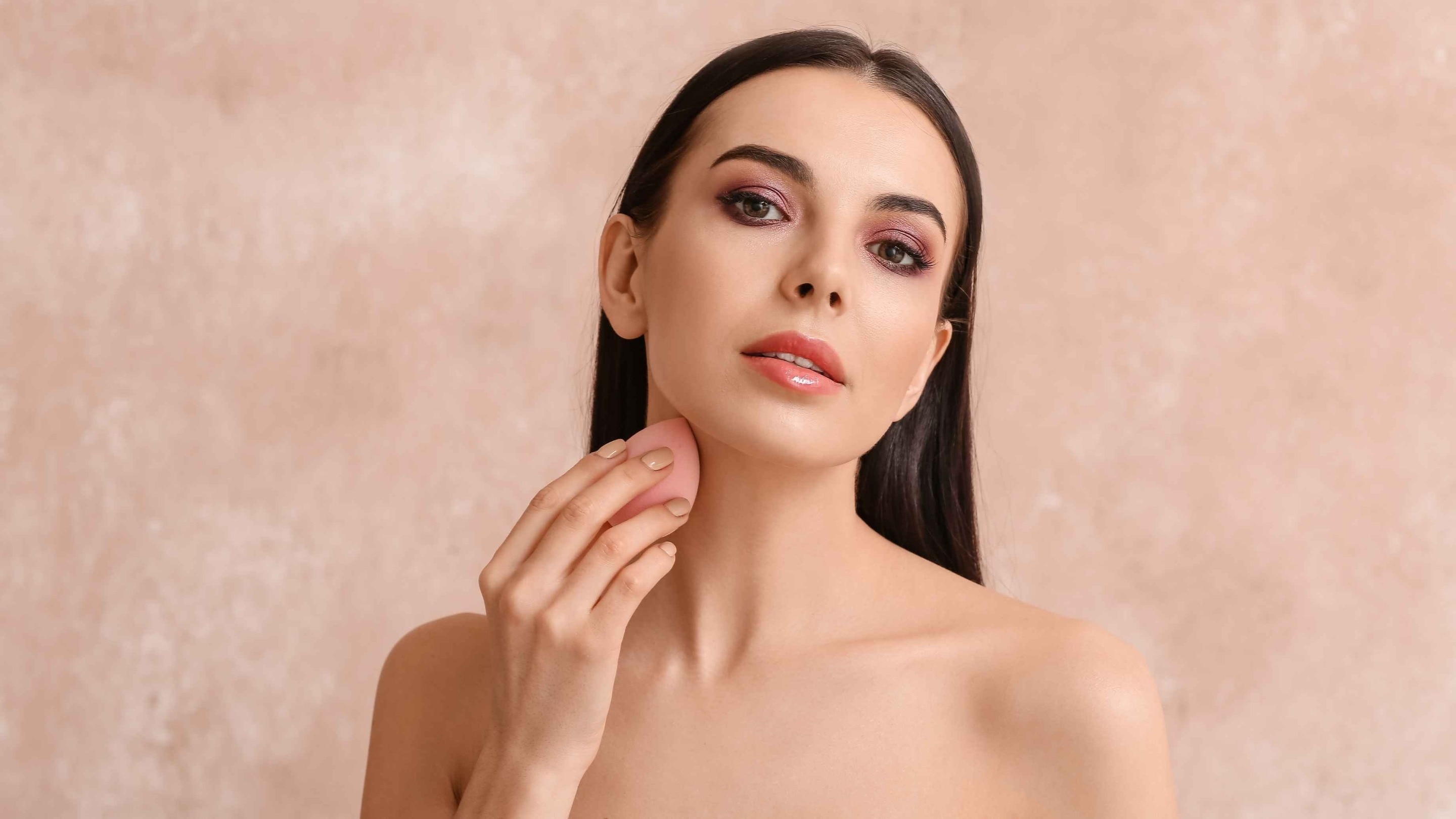
Tap gently for an airbrushed finish. For smaller spots, use a concealer brush or even your fingertip to blend.
6. Set with translucent powder
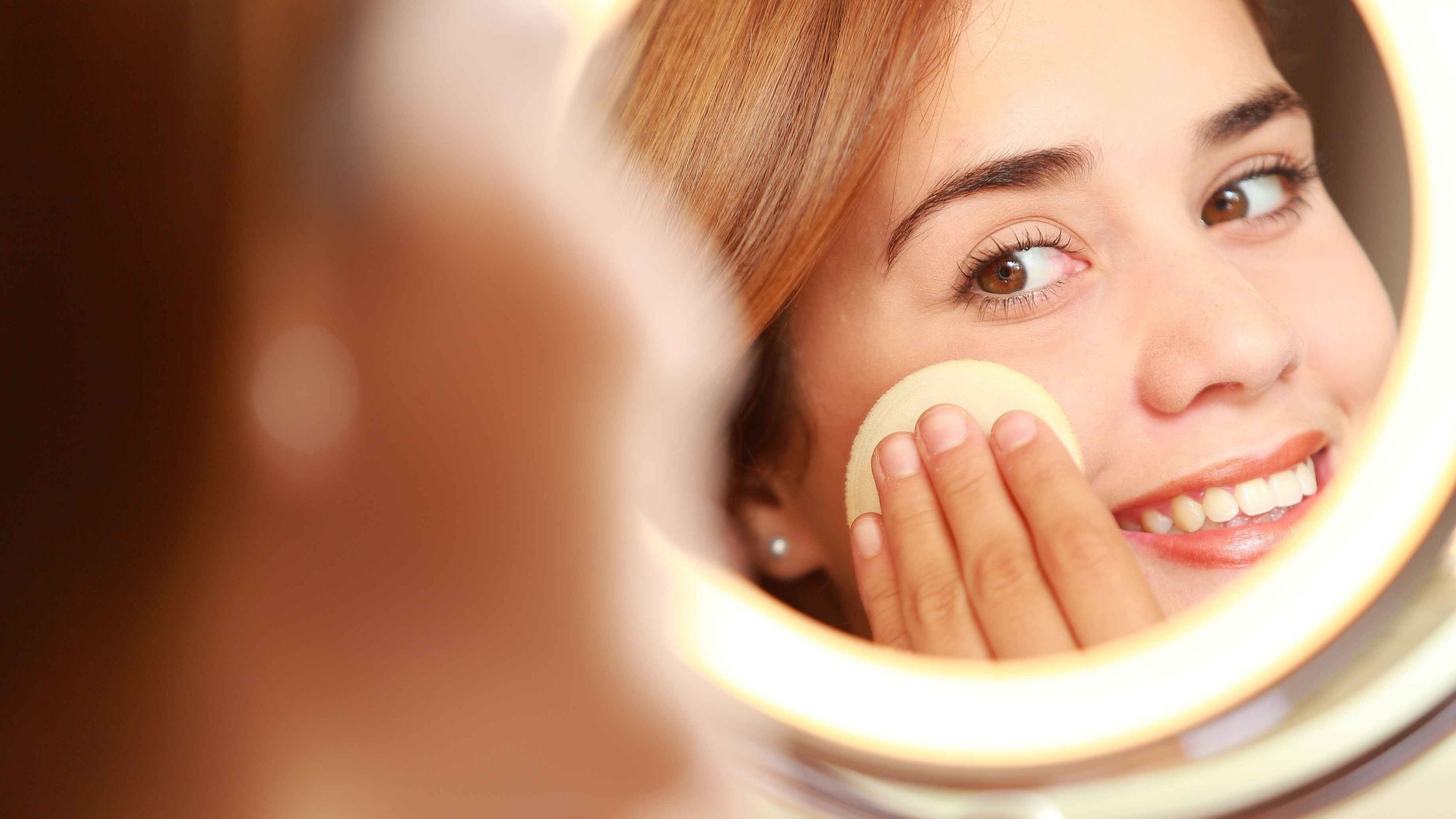
Especially under the eyes, to lock it in and prevent creasing.
05How to Use Concealer – Application Zones
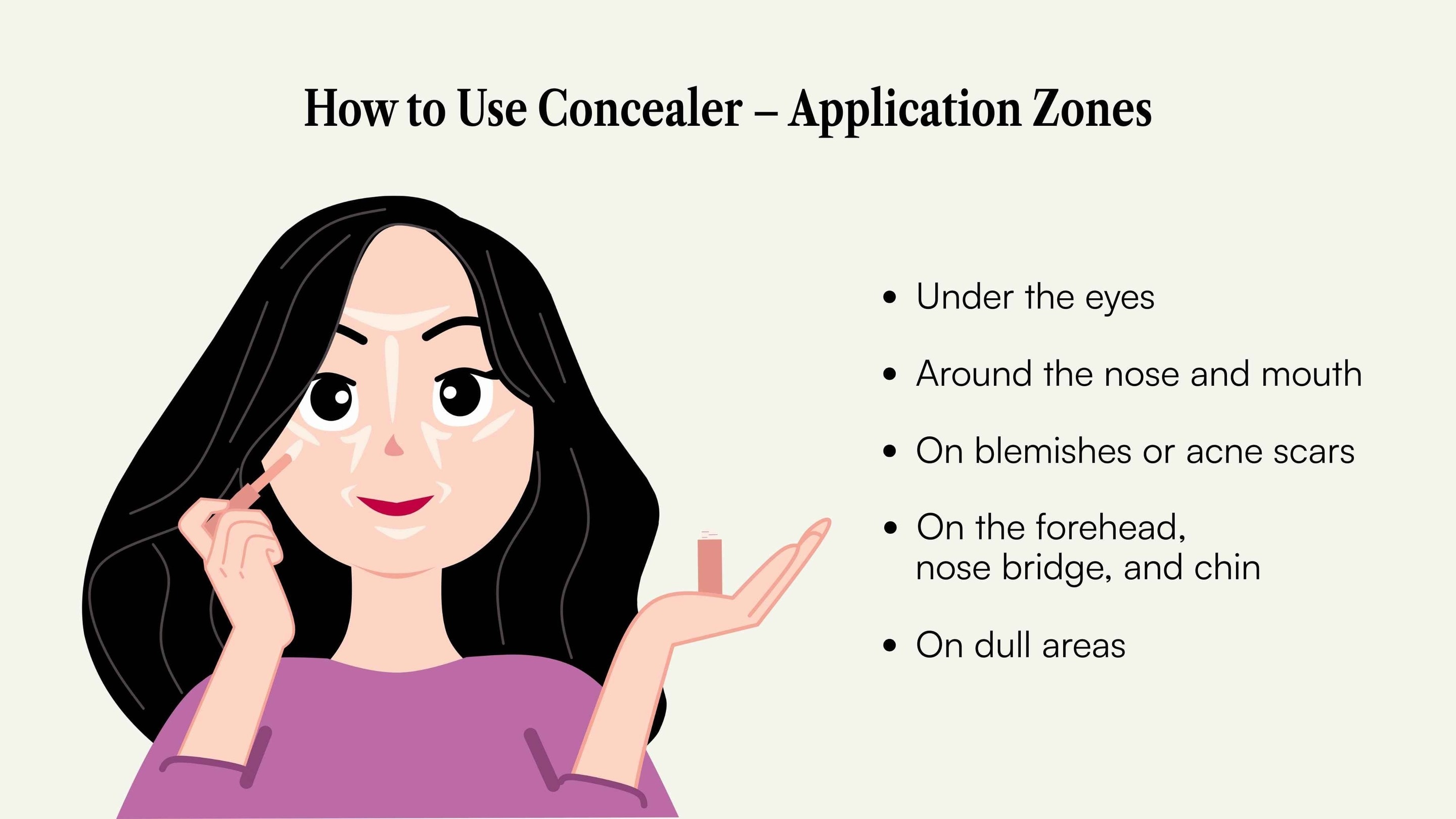
Knowing how to use concealer means knowing where to apply it for the biggest impact. Here's your concealer roadmap:
- Under the eyes: Use a lighter shade in a triangle shape pointing down the cheeks to brighten and lift.
- Around the nose and mouth: Neutralize redness and shadowed corners.
- On blemishes or acne scars: Dab directly with a shade that matches your skin tone.
- On the forehead, nose bridge, and chin: Use a light shade for highlighting and sculpting.
- On dull areas: Anywhere your skin lacks radiance, blend in a light-reflecting concealer.
06When to Use Concealer – Before or After Foundation?
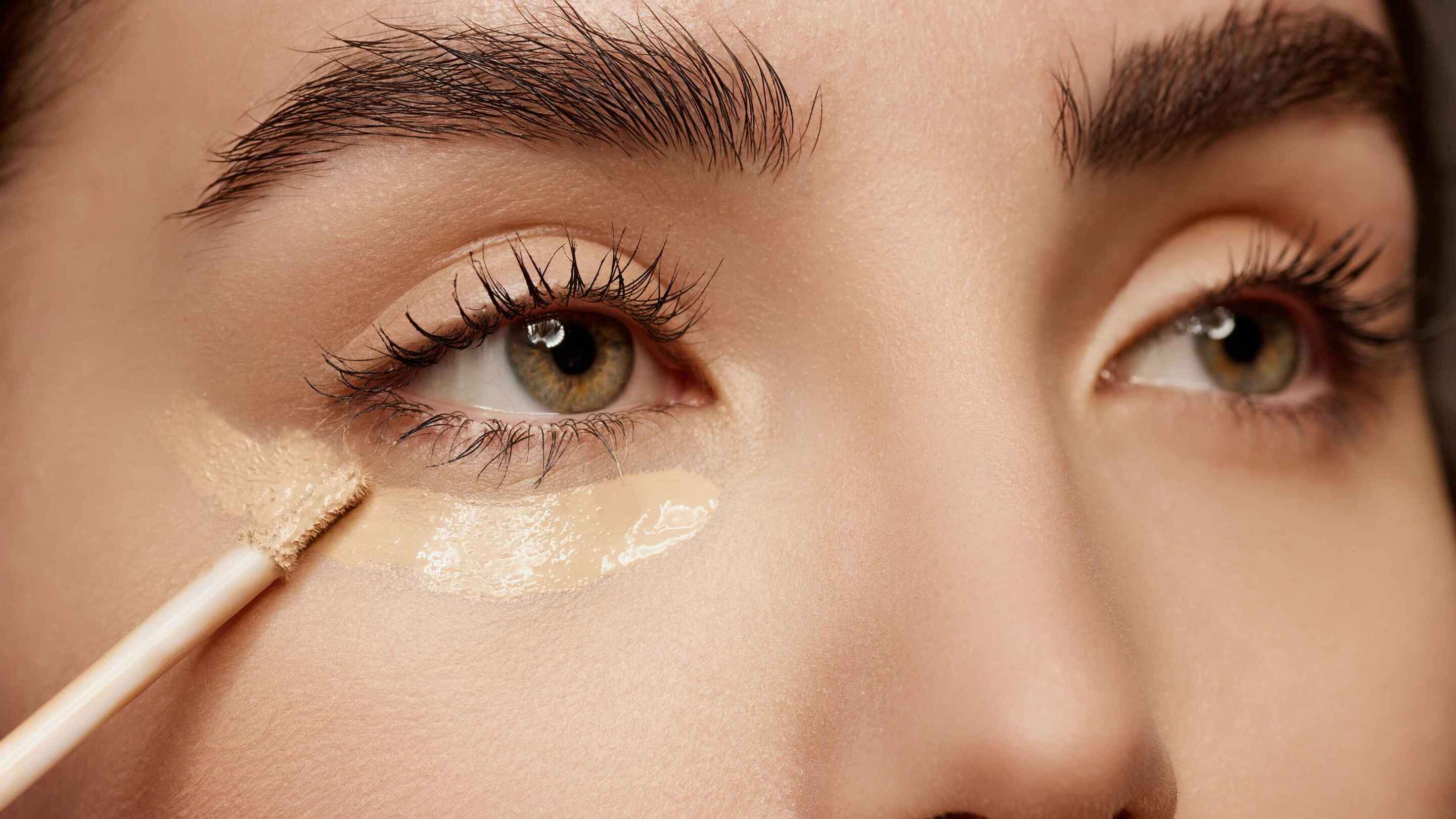
This depends on the finish and coverage you're going for:
- Apply concealer after foundation if you're aiming for a polished, full-coverage look. This allows your base to do most of the work, so you only need concealer on the remaining areas that need extra attention.
- Apply it before foundation if you're color correcting or want a more natural, sheer finish. This works well for evening out dark spots before applying a light layer of foundation.
07Concealer Application Tips Based on Skin Type and Tone

Dry Skin: Opt for hydrating formulas with creamy textures. Avoid matte or drying concealers. Always prep with moisturizer and primer.
Sensitive or Acne-Prone Skin: Choose non-comedogenic and fragrance-free concealers. Avoid thick formulas that clog pores.
Oily Skin: Use oil-free, long-wear concealers. Powder the T-zone and use setting sprays for added longevity.
Sensitive or Acne-Prone Skin: Choose non-comedogenic and fragrance-free concealers. Avoid thick formulas that clog pores.
Deeper Skin Tones: Look for brands with inclusive shade ranges. Choose concealers with red or orange undertones to brighten and correct.
Fair Skin Tones: Be cautious of concealers that are too yellow or too pink—aim for neutral or slightly peach undertones for natural correction.
08How to Use Concealer to Brighten, Sculpt & Correct

Concealer isn't just for hiding—it's also a tool for enhancing. Here's how:
- Brighten: Use a light-reflecting concealer one shade lighter than your skin tone under the eyes, along the nose bridge, and on the chin.
- Sculpt: Contour by using a concealer two shades darker on the hollows of the cheeks, jawline, and temples.
- Correct: Use color-correcting concealers (green for redness, peach for dark circles, purple for dullness) before applying your regular concealer.
09Daily Concealer Routine – Easy Everyday Steps

- Cleanse and moisturize to prep your skin.
- Prime using a pore-blurring base like the Lakmé Absolute Blur Perfect Makeup Primer.
- Apply foundation for overall coverage.
- Dot concealer on needed areas (under eyes, spots, redness).
- Blend using a sponge or brush in a tapping motion.
- Set with powder—especially under the eyes.
- Finish with setting spray to keep everything in place.
10Concealer Tips & Mistakes to Avoid
- Prep your skin first: Always moisturize and use an eye cream before applying concealer—dry skin leads to creasing and uneven coverage.
- Don't skip color correction: If you have dark circles or hyperpigmentation, apply a corrector first (peach, orange, or green) before concealer for better coverage.
- Blend with care: Use a brush, sponge, or fingertips to gently blend without rubbing. Patting motions work best for a natural, crease-free finish.
- Avoid using too much product: More isn't better. Overloading concealer can cause caking and draw more attention to problem areas.
- Set it right: Use a lightweight translucent powder to set the concealer in place, especially under the eyes, to prevent creasing throughout the day.
- Use the right shade in the right area: A highlighting shade under the eyes may not work for blemishes—don't use one concealer for all purposes.
- Don't forget undertones: Matching undertones is just as important as matching depth of color—this avoids the concealer looking too ashy or orange.
11FAQs: Concealer Essentials
Q: Can I wear concealer without foundation?
Yes! Just spot-conceal and blend well. It's great for minimal makeup days.
Q: Why does my concealer crease?
Usually due to dryness or over-application. Use eye cream, go light, and always set with powder.
Q: How do I know if my concealer is the right shade?
It should disappear into your skin when blended. Test it in natural light on your jawline for the best match.
Q: How can I make my concealer last all day?
Use a primer like Lakmé Absolute Blur Perfect Makeup Primer, set with powder, and use a setting spray.

